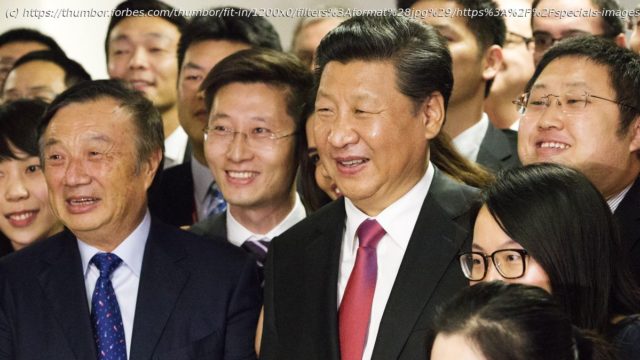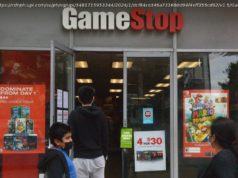Providing huge credit lines for cash-strapped network operators is a pillar of Huawei’s business model….
“Providing huge credit lines for cash-strapped network operators is a pillar of Huawei’s business model…. The favorable credit conditions offered by Chinese banks played a major role in the company’s expansion.”
I received a number of emails from readers discomfited by my previous column on Huawei – “Happy with Crappy…” They think I am wrong in my assessment that the discovery of hundreds of technical problems with Huawei equipment, documented by UK technical experts, is even more of a threat to the company’s future than the legal and political problems it faces.
The gist of these readers’ counterargument is: Look at Huawei’s leading market share. If Huawei equipment is really so faulty, then how come are they winning so many customers, and beating Ericsson and Nokia?
It’s a natural mistake to assume that in the wireless business the winners are the companies with the best equipment, the best technology. Alas, not true. For decades now, winning wireless infrastructure business has been all about financing the customers. In the early days of the cellular industry in the U. S., when newly licensed operators were just getting started, a common deal offered by a system supplier would have included all the equipment for the network, at zero upfront cost to the buyer, plus a generous dollop of additional “working capital” to help the operator get up and running. (I remember deals that came with “150% financing” – that is, the operator got the whole network installed “for free” plus 50% of the value in cash to set up the business. To be paid back over time, as the operator’s own cash flow developed.)
Financially it makes sense. The manufacturer helps the operator create a new business based on customers with long-term subscriptions, in other words, a business model with reliable cash flows (and lots of hard assets). This subsidy model eventually permeated the entire industry value chain, and became the main strategy for operators to acquire their customers. In 2011, when AT&T
T won the right to sell Apple
AAPL’s then-new-and-shiny iPhone, it was a strategic coup — and the company sold millions of them. But the headlines read “AT&T Posts Huge Loss.”
A nasty blend of gain and pain.
Home
United States
USA — Financial How Does Huawei Acquire Customers? It Buys Them With Cheap Credit






